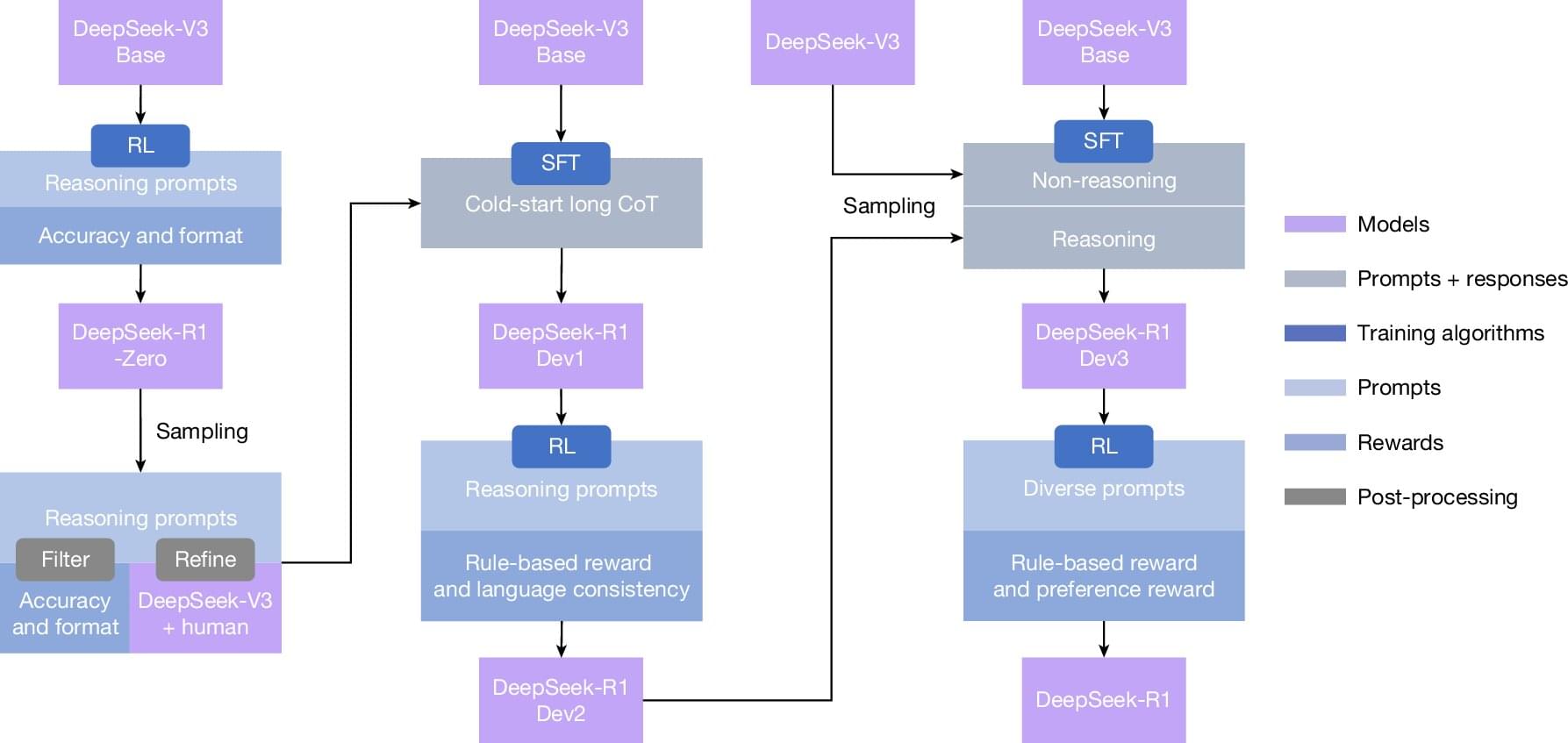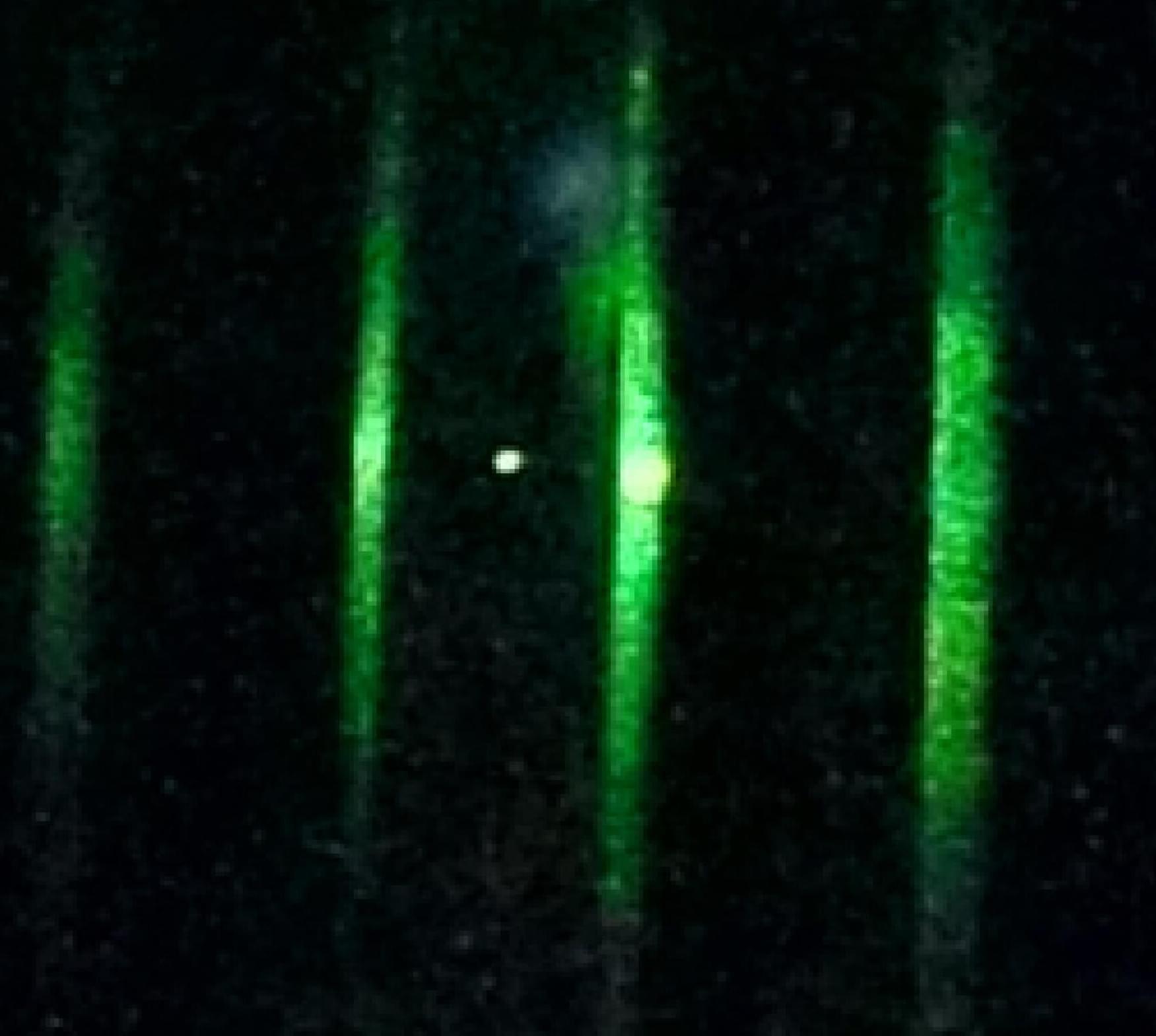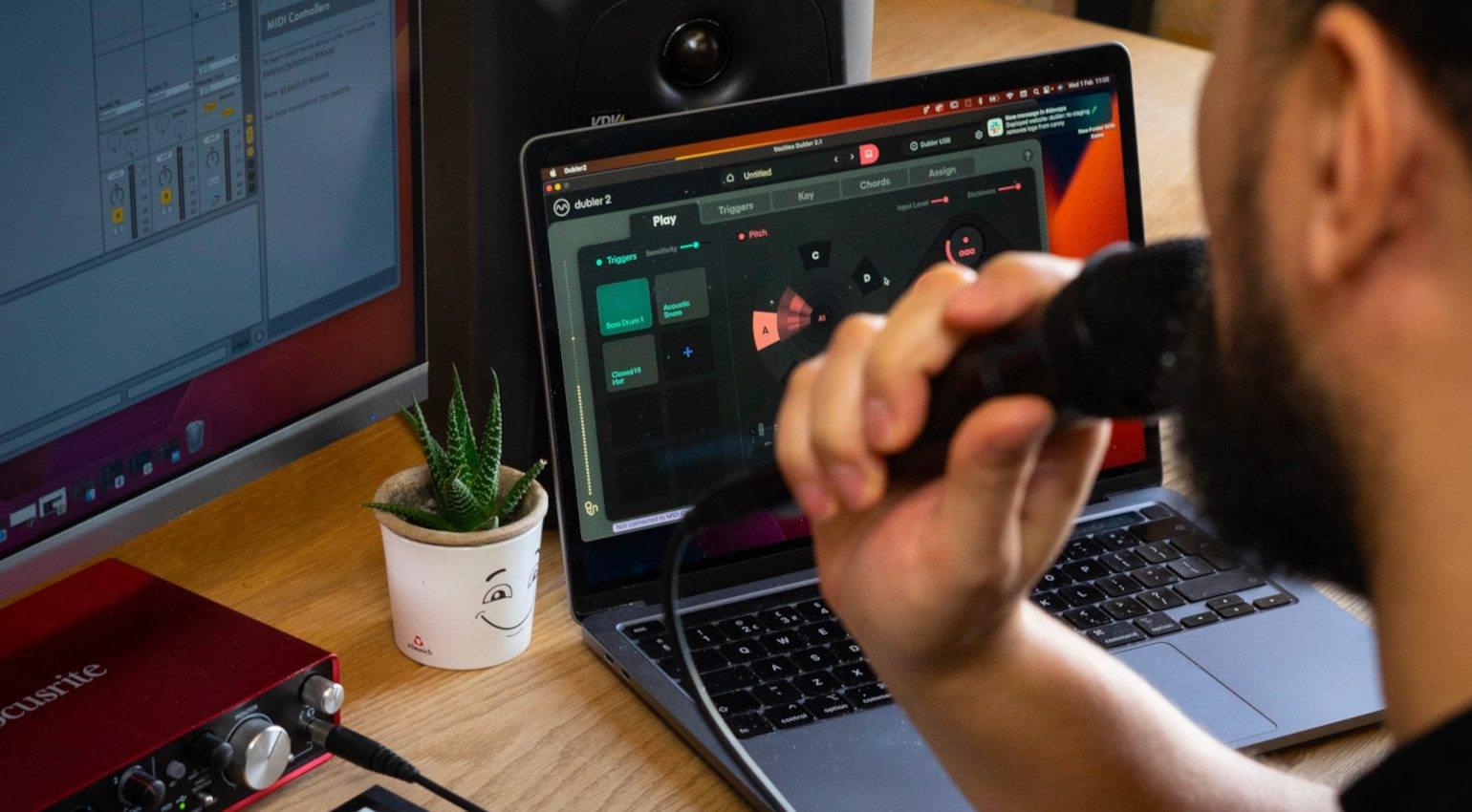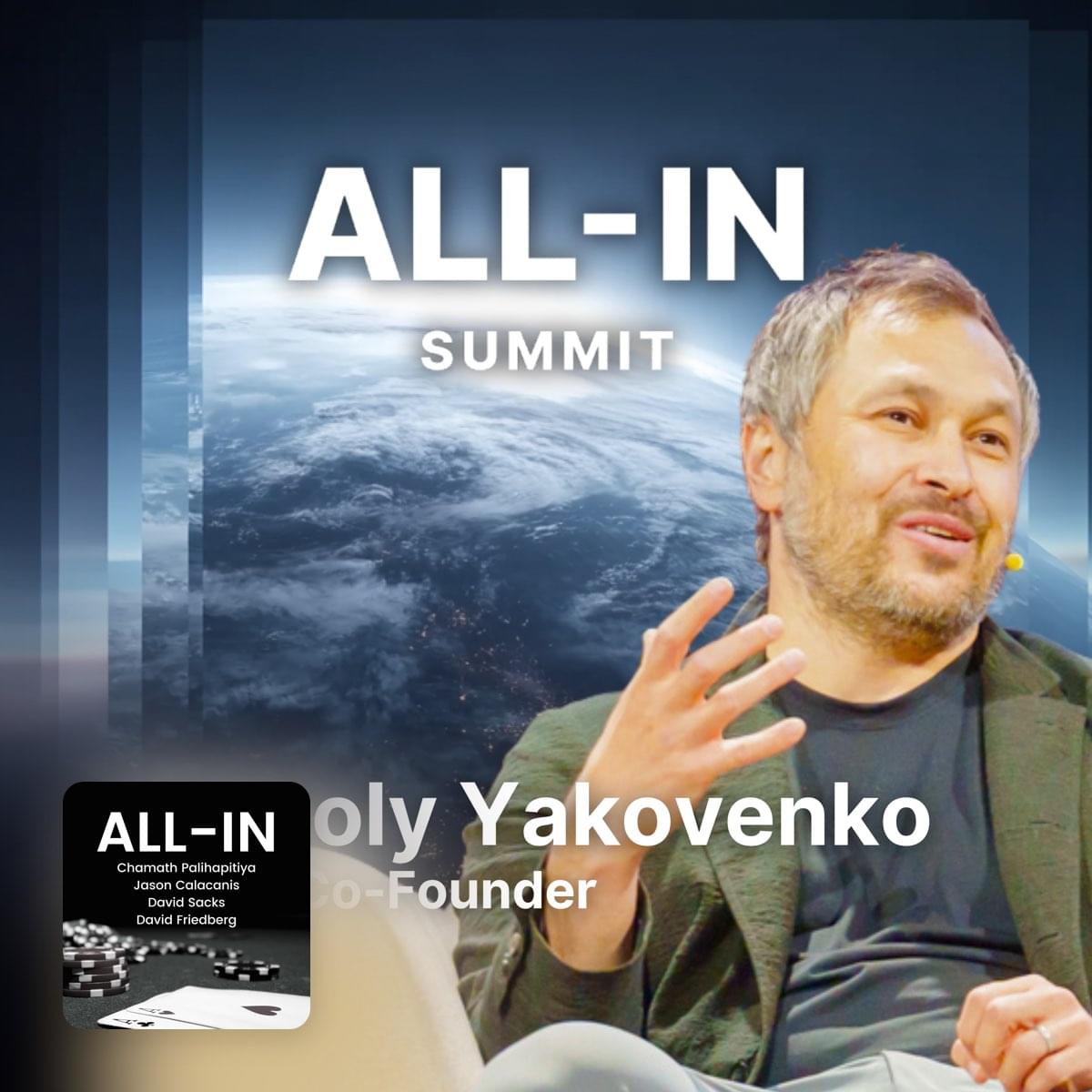This collaboration will integrate NVIDIA’s AI and accelerated computing technologies with Intel’s CPUs and x86 ecosystem, using NVIDIA NVLink for seamless connectivity.
For data centers, Intel will build NVIDIA-custom x86 CPUs that NVIDIA will integrate into its AI infrastructure platforms and offer to the market. However, the spotlight is on personal computing, for which Intel will build and offer to the market x86 system-on-chips (SOCs) that integrate NVIDIA RTX GPU chiplets. These new x86 RTX SoCs are designed to “power a wide range of PCs that demand integration of world-class CPUs and GPUs.”
Are tech monopolies just becoming even bigger monopolies with less competition? It’s worth noting that Intel has actually done something similar before with AMD, and Kaby Lake-G is now largely viewed as a failure. Still, it’s hard to imagine this happening if Intel weren’t facing serious challenges. NVIDIA’s $5 billion investment in Intel, through common stock purchased at $23.28 per share, goes beyond a mere hint.








